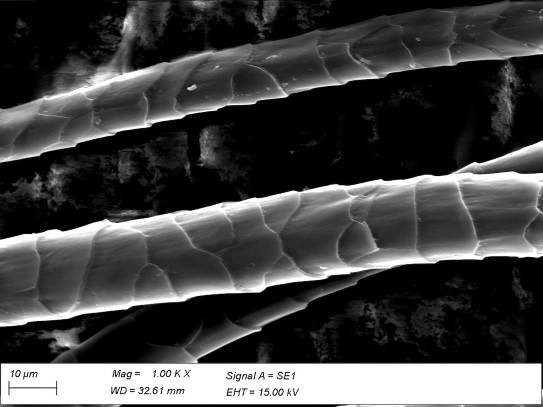Selective Breeding

Transcription
Narrator
The shared history of humans and domesticated animals has selective breeding at its core – perhaps this was unintentional at the beginning of domestication, but later it became a means for the development of specialized breeds.
Janne Arnesen
The peak of selective breeding can be seen in Merino sheep, perhaps the most “engineered” breed through centuries of selective breeding.
Narrator
This is Janne Arnesen, art historian at the National Museum.
Janne Arnesen
Features such as muscle growth, weight, neck skin wrinkles, and overall skin surface are all factors that have been taken into account to obtain the most “productive” Merino sheep breed.
These characteristics, throughout the 19th and 20th centuries, became a symbol for wealth, productivity, and the yield of one’s flock – as seen in the Merino prize sheep.
Narrator
Selective breeding today is very much still practiced, especially within commercial breeds used for wool, meat, or milk. However, there are increasing efforts to use the genetic tools available today to improve animal welfare, and environmental sustainability.
Janne Arnesen
Selective breeding is also a tool used now to protect endangered species. Maintaining an endangered population also involves using tools such as sperm banks to avoid long term health issues within small flocks.
Of course, commercially valuable breeds are also stored, in order to be sold to sheep farmers.